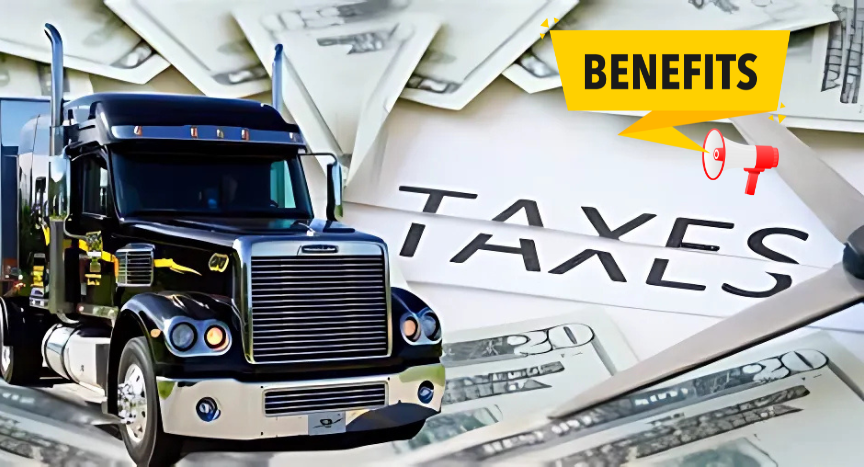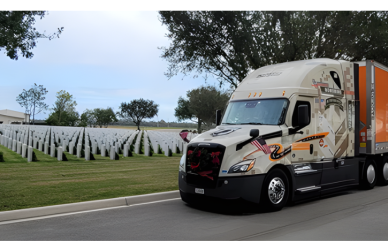Bipartisan efforts aim to lower costs, attract new drivers, and encourage truck purchases
Efforts to lighten the financial burden of truck drivers and attract new talent to the trucking industry are back on the table with renewed bipartisan legislation.
This week, U.S. Representatives Pat Ryan (D-N.Y.) and Zachary Nunn (R-Iowa) reintroduced the Strengthening Supply Chains through Truck Driver Incentives Act. This initiative proposes refundable tax credits for active drivers and enhanced benefits for newcomers and participants in trucking apprenticeship programs.
Additionally lawmakers led by Representatives Doug LaMalfa (R-Calif.) and Chris Pappas (D-N.H.) proposed the Modern, Clean, and Safe Trucks Act of 2025. This legislation aims to repeal the 12% federal excise tax (FET) on new truck and trailer purchases, a tax that has been a contentious issue among industry professionals for years.
Both measures have been introduced in previous congressional sessions, but they failed to advance.
A Case for Tax Incentives in Trucking
“Passing this bill is a no-brainer,” said Ryan while announcing the tax incentive legislation. “Better conditions for the workers that drive us forward, more high-paying union jobs, and lower costs for families across the country.”
Ryan emphasized the need to both retain experienced drivers and attract fresh talent to the industry. “We have to be encouraging more people to sign up to drive and stay there, which is why providing incentives like this is so important. Keeping more skilled drivers on the road will also help combat supply chain issues, which jack up prices for American consumers,” he added.
Key Features of the Strengthening Supply Chains through Truck Driver Incentives Act
- Refundable Tax Credit for Current Drivers: Up to $7,500 in tax credits for the 2025 and 2026 tax years. Eligible drivers must hold a valid Class A CDL and log at least 1,900 hours of driving within the year.
- Enhanced Credit for New and Apprentice Drivers: New truck drivers or those enrolled in registered apprenticeship programs can access up to $10,000 in refundable tax credits.
The legislation also accommodates new drivers who did not operate a truck in the previous year. Such drivers can qualify for the credit after logging at least 1,420 hours behind the wheel in the current year. Those with fewer hours but averaging at least 40 hours per week after starting their driving roles are eligible for a prorated credit.
Tackling the Federal Excise Tax (FET) Burden
The American Trucking Associations (ATA) has thrown its weight behind both bills, highlighting the financial strain imposed by the FET. Originally introduced in 1917 to fund World War I, this tax has grown to become the highest-percentage federal excise tax on any U.S. good, costing the trucking industry a staggering $6 billion annually.
“In many cases, this exorbitant additional expense simply puts new trucks out of reach, and small businesses with less access to capital are disproportionately harmed,” ATA stated in a press release.
The association also pointed out broader implications of keeping the FET in place, including stifled demand for new trucks and reduced manufacturing jobs. Furthermore, it delays the adoption of newer, safer, and more environmentally friendly vehicles.
Source: FREIGHTWAVES
Image Source: TanTara











